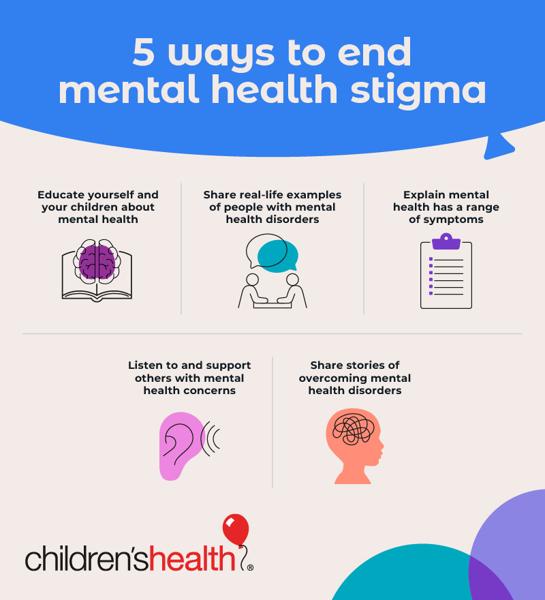The conversation around mental health has grown significantly in recent years, yet stigma remains a powerful barrier for many people seeking support. The term refers to efforts aimed at eliminating negative attitudes, labels, and discrimination toward individuals who experience mental, emotional, or behavioral challenges. Reducing stigma is essential for building communities where people feel safe, respected, and valued. This article explores why stigma exists, how it affects individuals, and effective steps society can take to create understanding and acceptance.
Understanding Stigma and Its Impact
Stigma occurs when individuals are judged or treated differently because of a particular characteristic, condition, or experience. It is often based on lack of information, stereotypes, and societal misconceptions.
Types of Stigma
There are several forms of stigma that affect people:
- Public Stigma: Society holds negative beliefs about a group of people.
- Self-Stigma: Individuals internalize negative assumptions and feel shame about their experiences.
- Institutional Stigma: Systems or policies unintentionally disadvantage certain groups.
When we work to reduce stigma, we aim to change these deep-rooted patterns by challenging myths and promoting understanding.
Why It Is Important to Reduce Stigma
Reducing stigma is not just a moral responsibility—it has real-life benefits. When people feel accepted and supported, they are more likely to seek help, talk about their experiences, and live healthier lives.
Positive Impacts of Reducing Stigma
- Encourages individuals to reach out for mental health support
- Builds stronger, more inclusive communities
- Reduces fear, judgment, and isolation
- Improves emotional well-being and confidence
- Promotes healthier conversations in families, workplaces, and schools
By making an effort to reduce stigma, we help create an environment where people feel safe being open about their struggles without fear of criticism.
Common Misconceptions That Lead to Stigma
Stigma often stems from misunderstandings, such as:
- Believing mental health challenges are a sign of weakness
- Assuming individuals are to blame for their struggles
- Thinking conditions are rare or uncommon
In reality, mental health challenges affect millions of people around the world, across every age and background. Recognizing this helps normalize conversations and reduce stigma more effectively.
How to Reduce Stigma in Everyday Life
1. Start Open Conversations
Talking openly about mental health removes secrecy and shame. When people share their experiences, others feel encouraged to do the same.
Example:
Instead of avoiding the topic, ask, “How are you really feeling?”
Creating space for honest dialogue is one of the strongest ways to reduce stigma.
2. Educate Yourself and Others
Education is key to breaking stereotypes. Learn from reliable sources about mental health conditions and how they are treated.
This includes:
- Reading articles and research studies
- Attending awareness workshops
- Following mental health advocacy groups
Knowledge leads to empathy—and empathy helps reduce stigma.
3. Use Supportive and Respectful Language
Words shape perception. Avoid labels or negative expressions. Instead of saying someone is “crazy” or “unstable,” use respectful language like experiencing anxiety or living with depression.
Language can either reinforce stigma or help reduce it—choose words wisely.
4. Show Compassion and Listen Without Judgment
One of the most powerful ways to reduce stigma is simply to listen. When someone shares their feelings, avoid criticizing, minimizing, or comparing.
Practice compassion by:
- Offering patience
- Being present
- Avoiding assumptions
- Encouraging professional support if needed
5. Support Mental Health Initiatives
Promote campaigns, organizations, and events that focus on increasing awareness. This may include charity walks, online support communities, or workplace well-being programs.
When more voices join the movement, we reduce stigma faster and more effectively.
6. Lead by Example in Your Community
Whether you’re a friend, parent, teacher, or employer, your attitude influences others. Model kindness and understanding in your daily interactions.
Even small actions can make a significant difference.
Reducing Stigma in Schools, Workplaces, and Homes
In Schools
Encouraging mental well-being through workshops, counseling access, and peer support can help students feel understood and safe.
In Workplaces
Employers can reduce stigma by promoting mental health breaks, providing support resources, and normalizing conversations around emotional well-being.
In Homes
Families play a vital role in shaping attitudes. Listening and showing unconditional support can help loved ones feel accepted.

